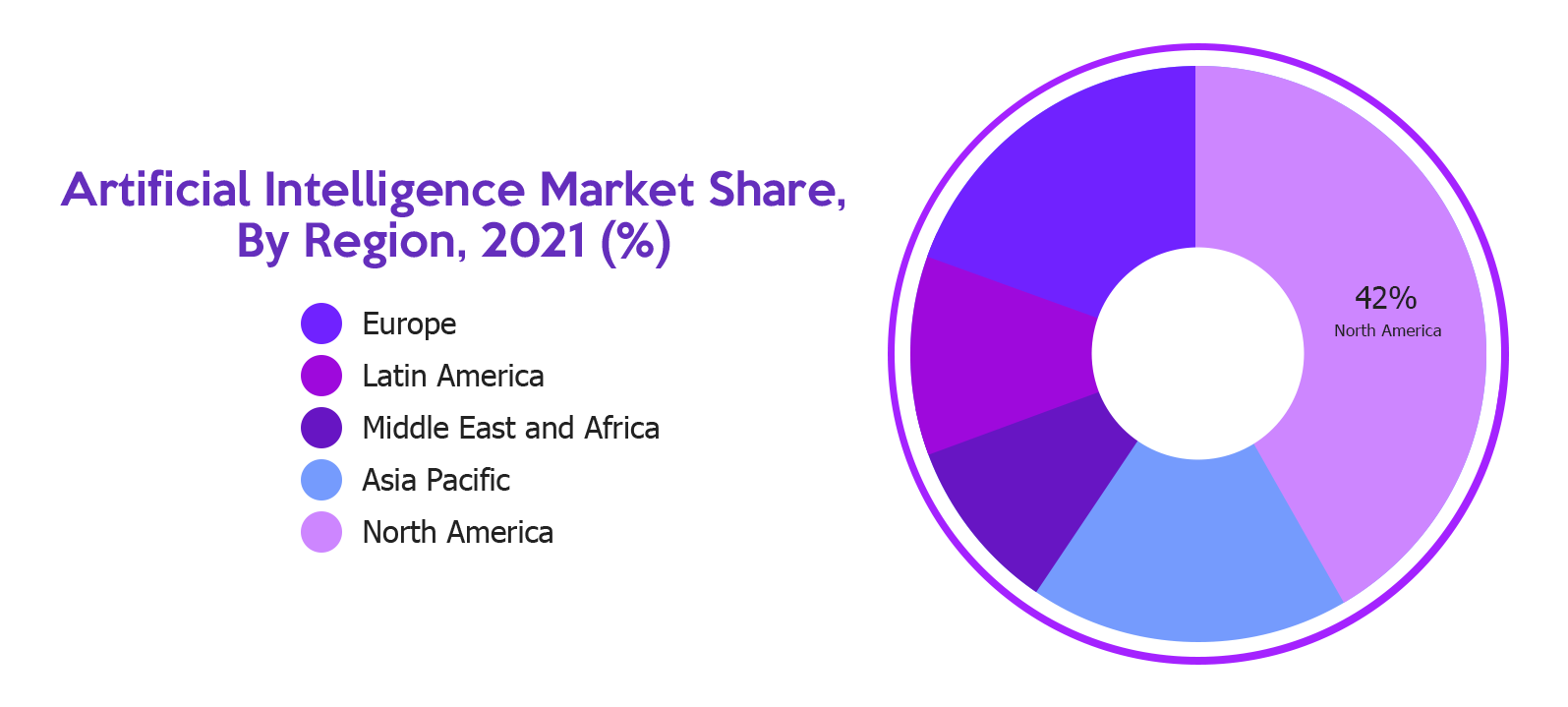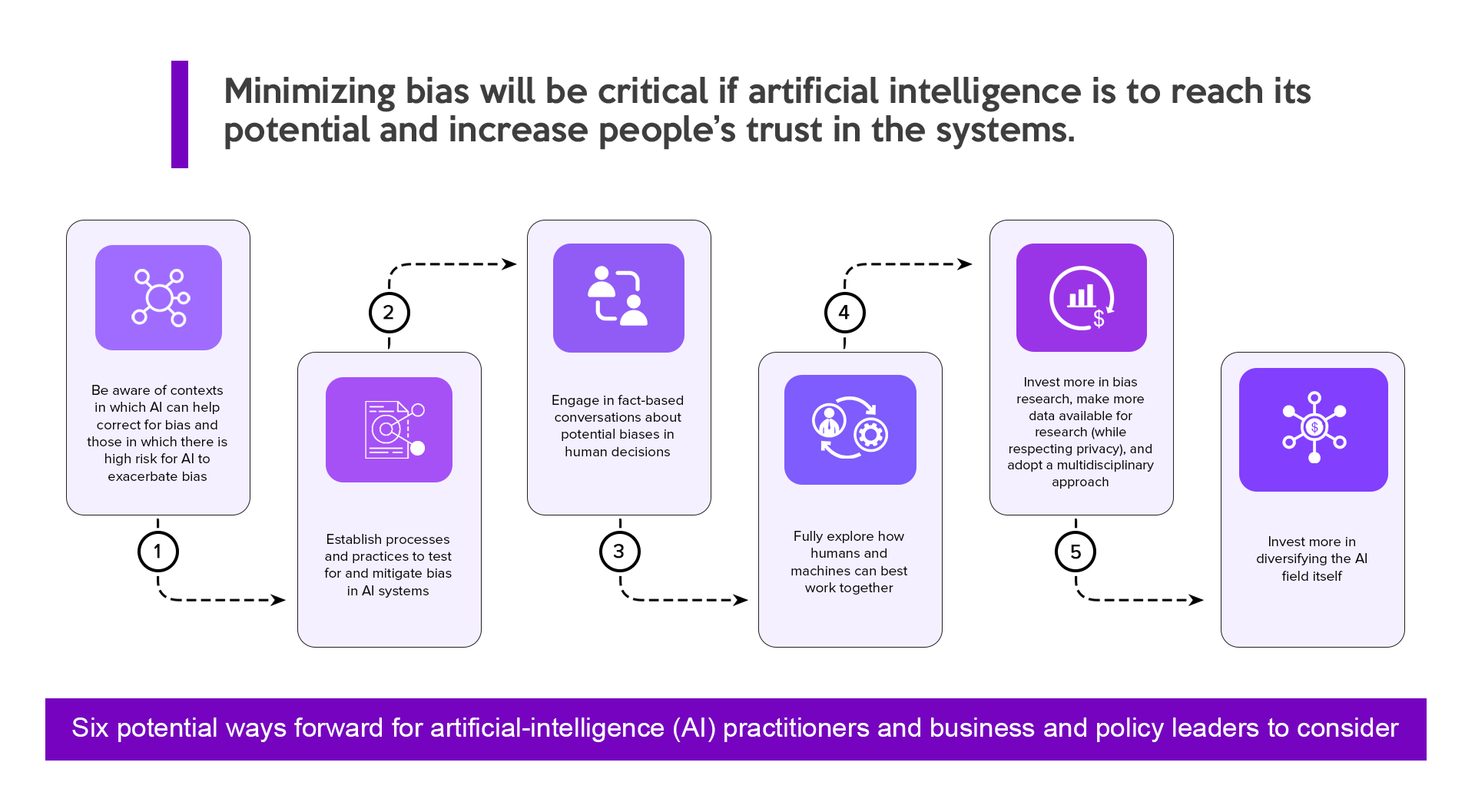Artificial Intelligence (AI) is the ability of a digital computer or a robot operated by a computer to carry out actions frequently performed by intelligent beings. The use of AI has been growing rapidly in recent years, and it is expected to continue to expand as technology advances. In fact, by 2030, the global AI market is set to be worth $1,591 trillion, marking an impressive Compound Annual Growth Rate (CAGR) of 38.1% from 2022 to 2030.
The notion of using AI in content writing is not new. Many devices, programs, and even businesses have been producing content with AI for years. AI content creation tools combine automation and machine learning technologies to produce content that appears to have been written by a person. This technology has matured into a tool that can produce any type of written work you can imagine, including blogs, marketing copy, poems, songs, and even short stories.

Benefits of AI Tools for Content Writing
Increased efficiency and scalability

The ability to create content much more quickly than with human writers is the main advantage of using AI tools. Consider AI as an additional tool in your toolbox that can speed up the writing process, just as how Grammarly and other grammar checkers significantly minimize the need for time-consuming editing and proofreading.
Writing AI tools is also an excellent way to generate ideas. Many tools allow you to input a topic such as “What are the advantages of using AI in content writing?”, and it will provide you with a few talking ideas. This is helpful for small businesses that must regularly produce content but lack a full writing staff.
Improved content quality and accuracy
By utilizing Natural Language Processing (NLP) algorithms, AI writing assistants can improve the quality of writing by using them to proofread the material, detect errors, and propose improvements based on the prompt, frequently giving users immediate feedback as they enter text into the editor. It typically functions by evaluating the text input and putting it into a sizable database of grammar and spelling rules, enabling people who might not be as proficient content writers as others to produce high-quality content that is suitable for publication.
Enhanced creativity and ideation
Consistently producing original, creative content is difficult. For many content producers, writer’s block is a typical problem. When the inspiration just isn’t there, even the finest writers might become frustrated. This is when AI writing tools can really come in handy.
To help overcome writer’s block, AI writing tools are incredibly useful for brainstorming because they can generate headings, metadata, outlines, and titles. These things can spark creativity among the writers and give them a range of ideas for how to proceed, as well as help them find the right words when the right ones just won’t come.
Time-saving capabilities
AI tools can produce material automatically based on inputs. Instead of starting from scratch, content creators can quickly produce drafts of articles, blog posts, or other written materials. Brainstorming and organizing the content are sped up because of this.
It can also provide real-time suggestions for grammar, spelling, punctuation, and style improvements. Content creators can use AI to find and correct mistakes quicker than manually reviewing and editing each sentence. This significantly speeds up the editing and proofreading process.
AI-powered Content Creation Tools
There are several popular AI-powered content creation tools available in the market today. Here are some examples:
ChatGPT is an AI chatbot that uses natural language processing to create humanlike conversational dialogue. GPT-3 has been used in a variety of content-generation applications, such as chatbots, writing assistance, etc.
Grammarly is a writing assistant that writers and other professionals use to proofread and edit their documents. It improves vocabulary usage and checks for spelling, grammatical, and punctuation errors.
It is a cloud-based platform that helps you discover topics that are generating a “buzz” all over the web. It is a good resource if you’re seeking guidance with a content marketing strategy.
An AI-powered content creation tool that combines keyword research, content editing, domain analysis, and SERP analysis with content planning to ensure you’re always writing relevant content.
Wordsmith is an AI system that uses mounds of data, qualitative analysis, and some rules about style and good writing to produce stories.
Automated Content Generation
AI is used in automated content generation to produce written content. It analyzes data and produces text that resembles human speech using natural language processing (NLP). This uses technologies to automatically generate articles, blog posts, and other sorts of material. With the help of these algorithms, content can be created entirely from scratch or modified to make it more distinctive and relevant.
News Articles and Reports
Large datasets can be analyzed by automated content-generating technologies, which can then use the data to produce news articles or reports. By using relevant information from sources of structured data, for instance, financial reports, summaries of sporting events, or weather updates can be automatically prepared. Automated systems can also produce brief news snippets that offer first information on breaking news stories by continuously monitoring news sources, social media, or other data flows.
Moreover, these tools can facilitate the translation of news articles into different languages, allowing news organizations to reach broader audiences.
Product Description and Reviews
To speed up the process of creating material for e-commerce platforms, online marketplaces, and review websites, automated content creation is used in product descriptions and reviews. By inputting specifics about a product, such as its category, brand, and specifications, automated systems can populate a product description template to generate a standardized format.
It can also evaluate and analyze multiple products to create comparative product descriptions of reviews. AI technologies can produce comparison content that aids users in deciding between items that are similar by highlighting similarities and contrasts in product features or customer feedback.
Social Media Posts and Captions
Captions for pictures or videos shared on social media sites can be generated using automated content creation tools. These tools can produce captions that describe the content or inspire a desired emotional response by analyzing the visual content and utilizing natural language processing algorithms. It can also incorporate user-specific data or preferences to customize social media posts. By making use of user demographics or browsing history, AI tools can produce customized content that connects with certain users, boosting the likelihood of engagement and conversion.
Pros and Cons of AI-generated Content
AI-generated content offers several benefits. Here are some of them:
- Efficiency
- Cost savings
- Consistency
- Scalability
- Personalization
- Data-driven insights
While there are benefits to automated content generation, there are also potential drawbacks and limitations to consider:
- Limited contextual understanding
- Ethical concerns
- Loss of human connection
- Limited adaptability
Ethical Considerations and Challenges
Bias and Discrimination

The quality of an AI tool depends on the data it is trained on. Because AI writing tools are subject to bias, they cannot be used to finish a writing work without human review. If specific questions or keywords were accidentally or purposefully left out, this could lead to skewed results or misrepresentation. It is essential to ensure that the data used to train AI models is varied, representative, and devoid of prejudices relating to gender, color, ethnicity, or other sensitive qualities.
Plagiarism and Copyright Infringement
The possibility of inadvertent plagiarism or copying existing content exists with AI-generated content, if not used properly. Although AI tools can produce content quickly, they are dependent on huge databases of already published writings and data. There is a chance of mistakenly using someone else’s work without giving due credit if proper editing is not provided.
Content creators must have a clear understanding of the copyright laws and policies that apply in their particular region in order to avoid legal problems and respect intellectual property rights.
Accountability and Responsibility
Although effective, AI tools have limitations. They might err, generate false information, or interpret data incorrectly. Accountability makes sure that processes are in place to examine and validate the results of AI technologies, assuring the accuracy, quality, and applicability of the information produced. It assists in upholding high standards and prevents the publication or dissemination of incorrect or misleading material.
The roles and duties of human writers and AI systems must be explicitly defined by organizations. To ensure that the content produced by AI complies with ethical norms, legal regulations, and organizational policies, human oversight is required for evaluation and validation.
AI has a significant impact on content writing, transforming the process of content creation, editing, and delivery. AI-powered technologies inspire creativity, generate ideas, and streamline repetitive tasks.
The production of content is made more efficient by the use of automated content generation tools in a variety of domains, including news articles, reports, product descriptions and reviews, and social media posts. It contributes to language and style enhancement by providing grammatical improvements, vocabulary suggestions, and coherence enhancements.
While there are many advantages to content produced by AI, there are also challenges and ethical issues that need to be addressed. When employing AI tools, organizations must take into account a number of concerns, including bias, plagiarism, and accountability.
Organizations can take advantage of the efficiency and productivity improvements of AI tools while providing content that connects with audiences and delivers value by finding the perfect balance between automation and human creativity. In the end, AI empowers content writers and creates new opportunities for creativity and engagement in the content writing industry.



Leave A Comment
You must be logged in to post a comment.